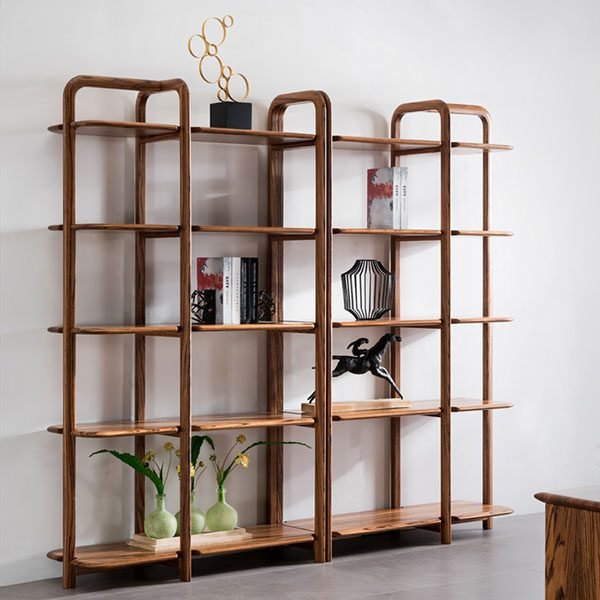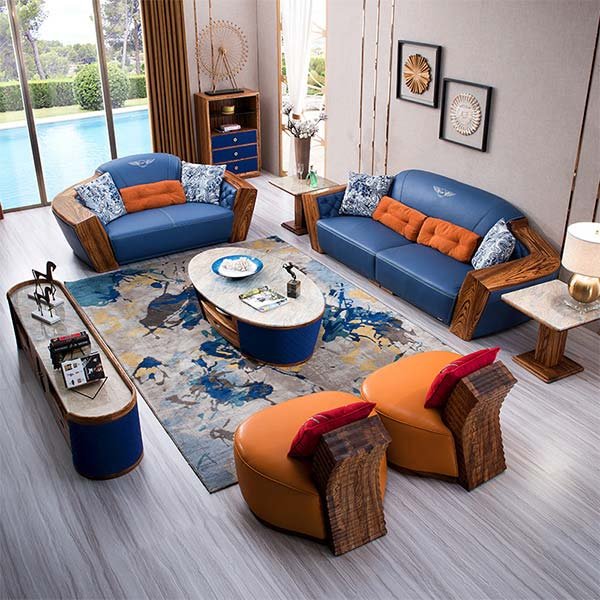“Maximize space and style with strategic furniture placement around baseboard heaters.”
Maximizing space
Arranging bedroom furniture around baseboard heaters can be a challenge, but with some careful planning, you can maximize the space in your room while still keeping the heaters accessible and functional.
One of the key considerations when arranging furniture around baseboard heaters is to leave enough space for proper airflow. Baseboard heaters work by circulating air around the room, so it’s important not to block the flow of air with furniture. To ensure that the heaters can operate efficiently, leave at least 12 inches of clearance in front of the heater and avoid placing any furniture directly in front of or on top of the heater.
When positioning your bed in the room, consider placing it on a wall that doesn’t have a baseboard heater. This will not only ensure that the bed is not blocking the heater, but it will also create a more comfortable sleeping environment, as you won’t have to worry about feeling too hot or too cold while you sleep.
If you have a dresser or wardrobe that you need to place near a baseboard heater, consider using furniture risers to elevate the piece slightly off the ground. This will allow air to flow freely underneath the furniture and prevent it from blocking the heater. Additionally, using furniture with open or slatted designs can also help to improve airflow around the heater.
Another way to maximize space in a room with baseboard heaters is to use multi-functional furniture. For example, a bed with built-in storage drawers or a nightstand with shelves can help you make the most of the space in your room while still keeping the heaters accessible. Additionally, consider using wall-mounted shelves or floating shelves to add storage without taking up floor space.
When arranging furniture around baseboard heaters, it’s also important to consider the overall layout of the room. Think about how you use the space and arrange the furniture in a way that makes the room feel balanced and functional. For example, if you have a reading nook or a desk area in your bedroom, make sure that these spaces are easily accessible and well-lit.
In conclusion, arranging bedroom furniture around baseboard heaters requires some careful planning and consideration, but with the right approach, you can create a functional and comfortable space. By leaving enough clearance around the heaters, using multi-functional furniture, and considering the overall layout of the room, you can maximize the space in your bedroom while still keeping the heaters accessible and efficient. With these tips in mind, you can create a cozy and inviting bedroom that meets all of your needs.
Creating a cohesive layout
Arranging bedroom furniture around baseboard heaters can be a challenge, but with some careful planning and creativity, you can create a cohesive layout that maximizes both comfort and style in your space.
One important consideration when arranging furniture around baseboard heaters is to ensure that there is enough space for proper airflow. Baseboard heaters need space around them to effectively distribute heat, so it’s important not to block them with furniture. This means avoiding placing large pieces of furniture directly in front of or on top of the heaters.
To create a cohesive layout in your bedroom, start by determining the focal point of the room. This could be a bed, a large window, or a piece of artwork. Once you have identified the focal point, arrange your furniture around it in a way that allows for easy access to the baseboard heaters.
When arranging furniture around baseboard heaters, consider the scale and proportion of each piece. For example, if you have a large bed, try to balance it out with smaller nightstands or dressers on either side. This will help create a sense of symmetry and balance in the room.
Another important aspect to consider when arranging furniture around baseboard heaters is the flow of the room. Make sure there is enough space between pieces of furniture to allow for easy movement throughout the space. This will not only make the room more functional but also visually appealing.
In addition to considering the placement of furniture around baseboard heaters, think about the overall aesthetic of the room. Choose furniture pieces that complement each other in terms of style, color, and material. This will help create a cohesive look that ties the room together.
If you have limited space in your bedroom, consider using multipurpose furniture pieces that can serve more than one function. For example, a storage ottoman can double as a seating area and a place to store extra blankets or pillows. This will help maximize space and create a more efficient layout.
When arranging furniture around baseboard heaters, don’t forget to consider the placement of accessories and decor items. Adding rugs, curtains, and artwork can help tie the room together and create a cohesive look. Just be mindful of not overcrowding the space with too many items.
Overall, creating a cohesive layout in your bedroom while arranging furniture around baseboard heaters requires careful planning and attention to detail. By considering factors such as airflow, scale, proportion, flow, and aesthetics, you can create a functional and stylish space that is both comfortable and visually appealing.
Concealing the baseboard heaters
Baseboard heaters are a common feature in many homes, providing efficient and effective heating during the colder months. However, they can sometimes pose a challenge when it comes to arranging furniture in a room. In this article, we will discuss some tips on how to arrange bedroom furniture around baseboard heaters.
One of the most common concerns when it comes to baseboard heaters is how to conceal them so that they do not disrupt the flow of the room. One option is to use furniture to create a barrier between the heater and the rest of the room. For example, you can place a tall bookshelf or a sofa in front of the heater to block it from view. This not only hides the heater but also creates a more visually appealing space.
Another option is to use decorative screens or room dividers to conceal the baseboard heater. These can be placed in front of the heater to create a more cohesive look in the room. Additionally, screens and dividers come in a variety of styles and designs, allowing you to choose one that complements the rest of your bedroom furniture.
If you prefer a more subtle approach, you can opt to paint the baseboard heater the same color as the wall. This helps the heater blend in with the rest of the room and makes it less noticeable. Additionally, you can use curtains or drapes to cover the heater when it is not in use, further concealing it from view.
When arranging furniture around baseboard heaters, it is important to consider the clearance requirements. Baseboard heaters need adequate space around them to function properly and safely. Make sure to leave at least 12 inches of clearance in front of the heater to allow for proper airflow. Additionally, avoid placing any furniture directly on top of the heater, as this can block the heat and pose a fire hazard.
Incorporating the baseboard heater into the overall design of the room can also help create a cohesive look. Consider using furniture that complements the style and color of the heater to create a harmonious space. For example, if you have a modern baseboard heater, choose furniture with clean lines and contemporary finishes to match.
In conclusion, arranging bedroom furniture around baseboard heaters can be a challenge, but with some creativity and strategic planning, you can create a functional and visually appealing space. Whether you choose to conceal the heater with furniture, screens, or paint, make sure to leave adequate clearance for proper airflow. By incorporating the baseboard heater into the overall design of the room, you can create a cohesive and stylish space that is both comfortable and functional.
Заключение
Arrange bedroom furniture around baseboard heaters by leaving at least 12 inches of space between the heater and any furniture to ensure proper airflow and prevent overheating. Make sure to position the furniture in a way that allows for easy access to the heater for maintenance and cleaning.



